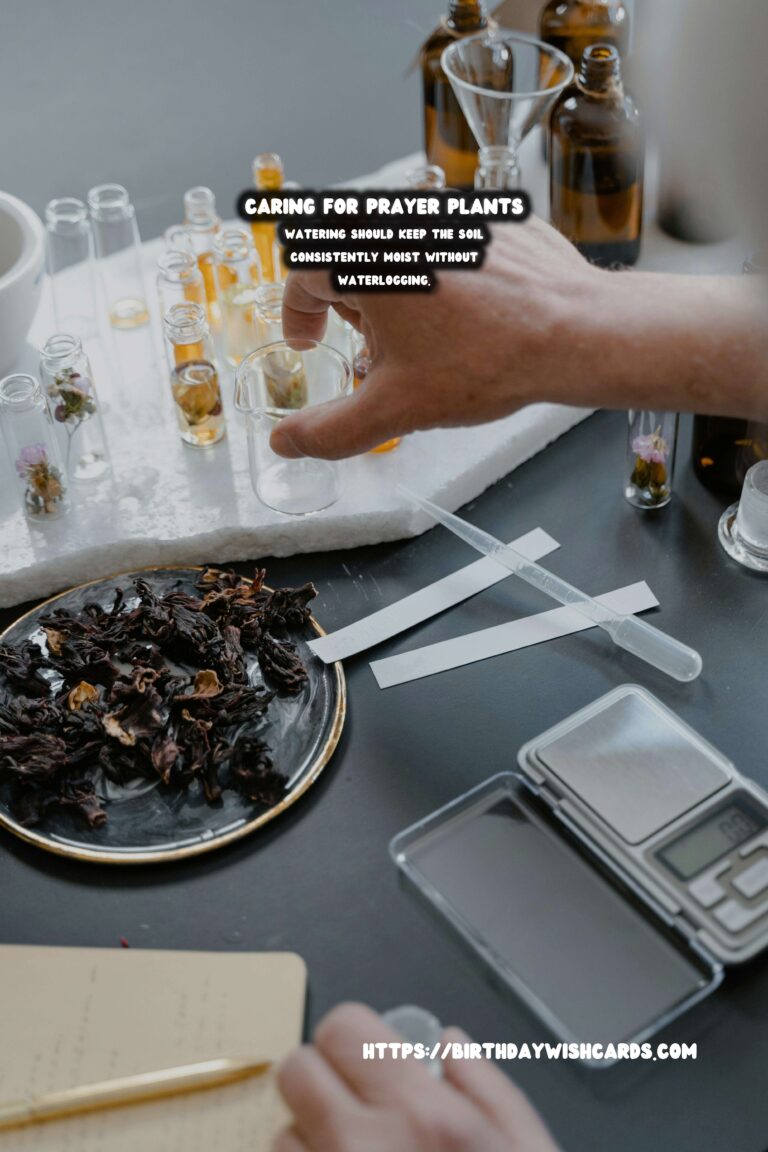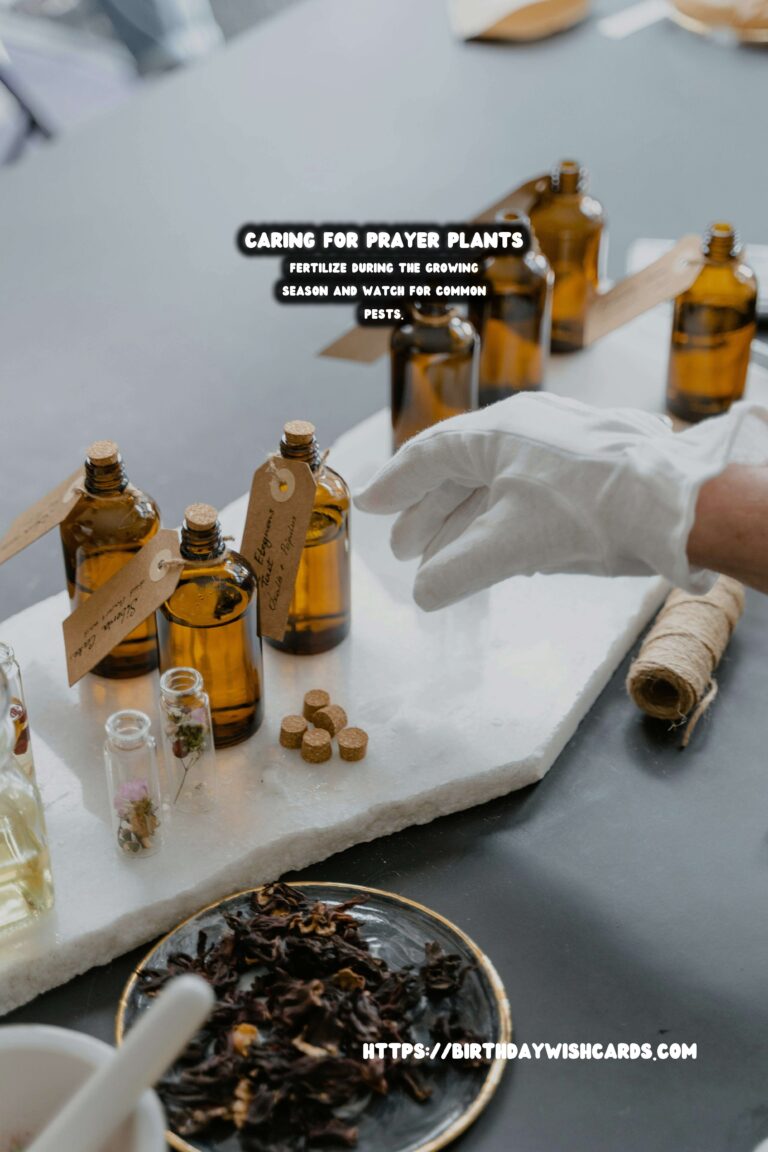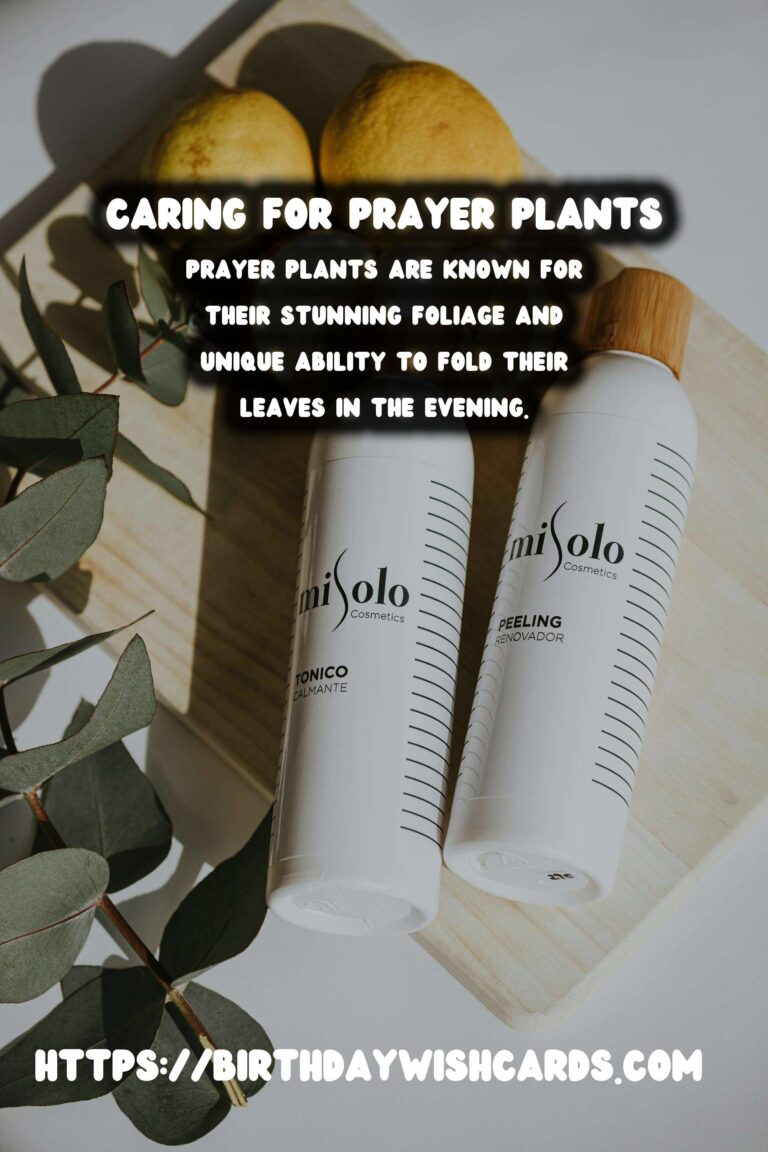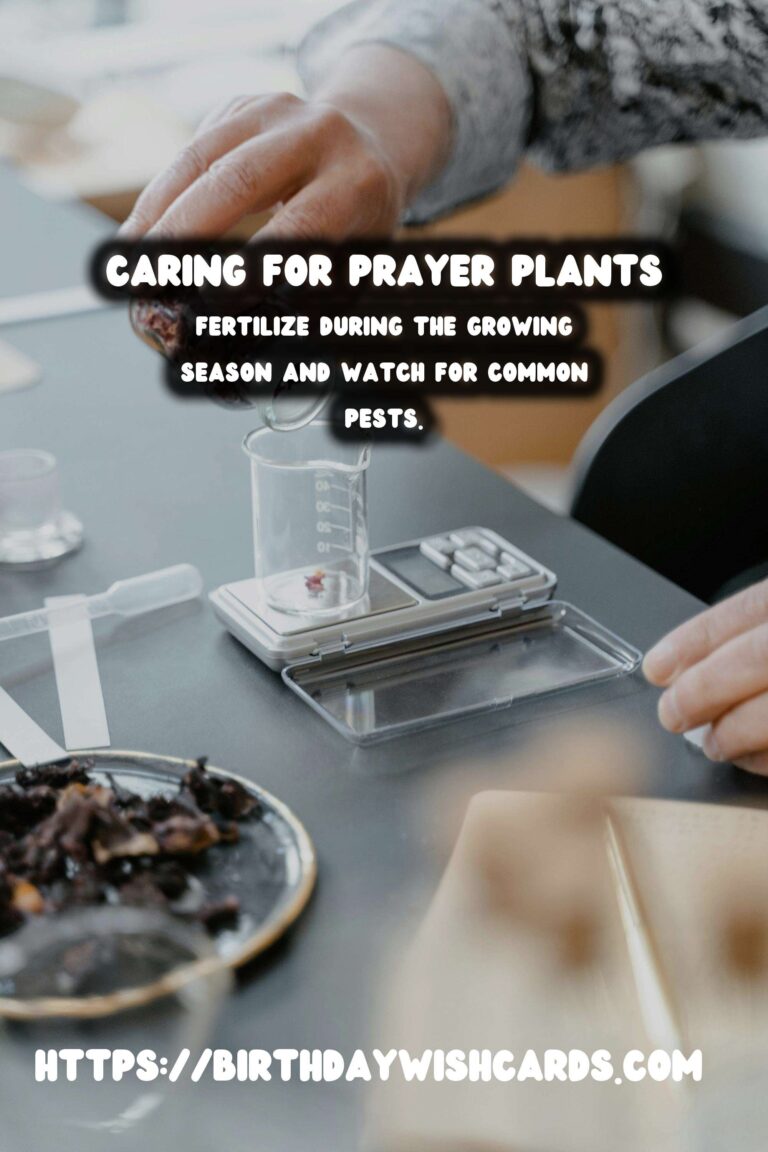
Prayer plants, known for their stunning foliage and unique ability to fold their leaves in the evening, are a favorite among houseplant enthusiasts. These tropical plants, native to the rainforests of Brazil, thrive in indoor environments when their specific care requirements are met. In this article, we will explore the light and water needs of prayer plants to help you ensure they flourish in your home.
Understanding the Prayer Plant
Before diving into the specific care needs, it’s important to understand what makes prayer plants unique. The scientific name for prayer plants is Maranta leuconeura. They are part of the Marantaceae family, which includes several other popular houseplants such as the Calathea and Stromanthe. Prayer plants are prized for their decorative oval leaves that boast vivid patterns and colors, ranging from deep green to burgundy and even pink. The plant’s name is derived from its fascinating leaf movements. During the day, the leaves are flat, but at night they fold up, resembling praying hands.
Light Requirements for Prayer Plants
One of the most crucial factors in caring for prayer plants is providing the right amount of light. Prayer plants prefer bright, indirect light. Direct sunlight can scorch their leaves, leading to unsightly brown spots and leaf curling. If your prayer plant is receiving too much direct sunlight, consider moving it to a spot where it receives filtered light or a place where it’s shielded by a sheer curtain.
On the other hand, too little light can cause the plant to become leggy and the leaf colors to fade. A north or east-facing window is often ideal for these plants, as they provide the gentle morning sun without the harsh afternoon rays. If natural light is insufficient, you can supplement with fluorescent lights to mimic the plant’s natural environment.
Watering Prayer Plants: Finding the Balance
Watering is another critical aspect of prayer plant care. These plants prefer a consistently moist environment but do not respond well to waterlogged soil. Overwatering can lead to root rot, a common issue that can be detrimental to the plant’s health.
To water prayer plants correctly, use lukewarm, distilled, or rainwater to prevent mineral build-up. Water the plant when the top inch of soil feels dry to the touch. During the growing season, usually spring and summer, prayer plants may require more frequent watering. In contrast, reduce watering during the fall and winter months when the plant’s growth slows.
Humidity also plays a significant role in the watering needs of prayer plants. These tropical plants thrive in high humidity environments. If your home is dry, especially during the winter months, consider using a humidifier or placing a tray of water near the plant to increase humidity levels.
Additional Tips for Thriving Prayer Plants
Besides light and water, there are other tips to help your prayer plant thrive. Fertilize them every two weeks during the growing season with a balanced, water-soluble fertilizer. Ensure to dilute it to half the recommended strength to avoid fertilizer burn.
Regularly remove any dead or yellowing leaves to maintain the plant’s health and appearance. Repotting every two years, or when the plant becomes root-bound, will provide fresh soil and nutrients essential for growth.
Finally, keep an eye out for common pests like spider mites or aphids, which can be managed with insecticidal soap or neem oil.
Conclusion
Caring for prayer plants involves understanding their specific light and water needs, along with providing a humid environment. With proper care, these plants can be a beautiful and dynamic addition to your home. Remember, the key to healthy prayer plants is mimicking their natural tropical habitat as closely as possible. Happy gardening!
Prayer plants are known for their stunning foliage and unique ability to fold their leaves in the evening. They prefer bright, indirect light to avoid scorching and leaf curling. Watering should keep the soil consistently moist without waterlogging. High humidity is essential for the thriving of prayer plants. Fertilize during the growing season and watch for common pests. 









#PrayerPlants #IndoorPlants #PlantCare #Gardening #Houseplants




